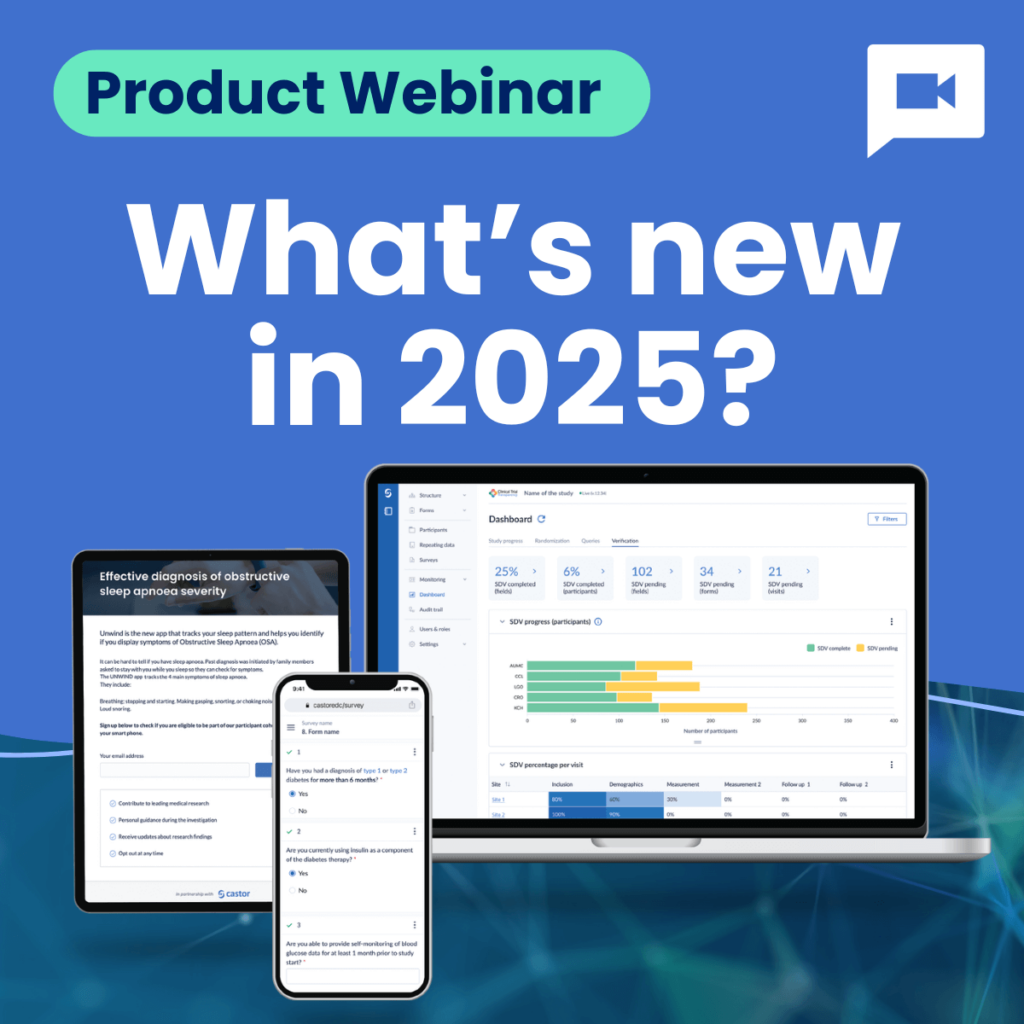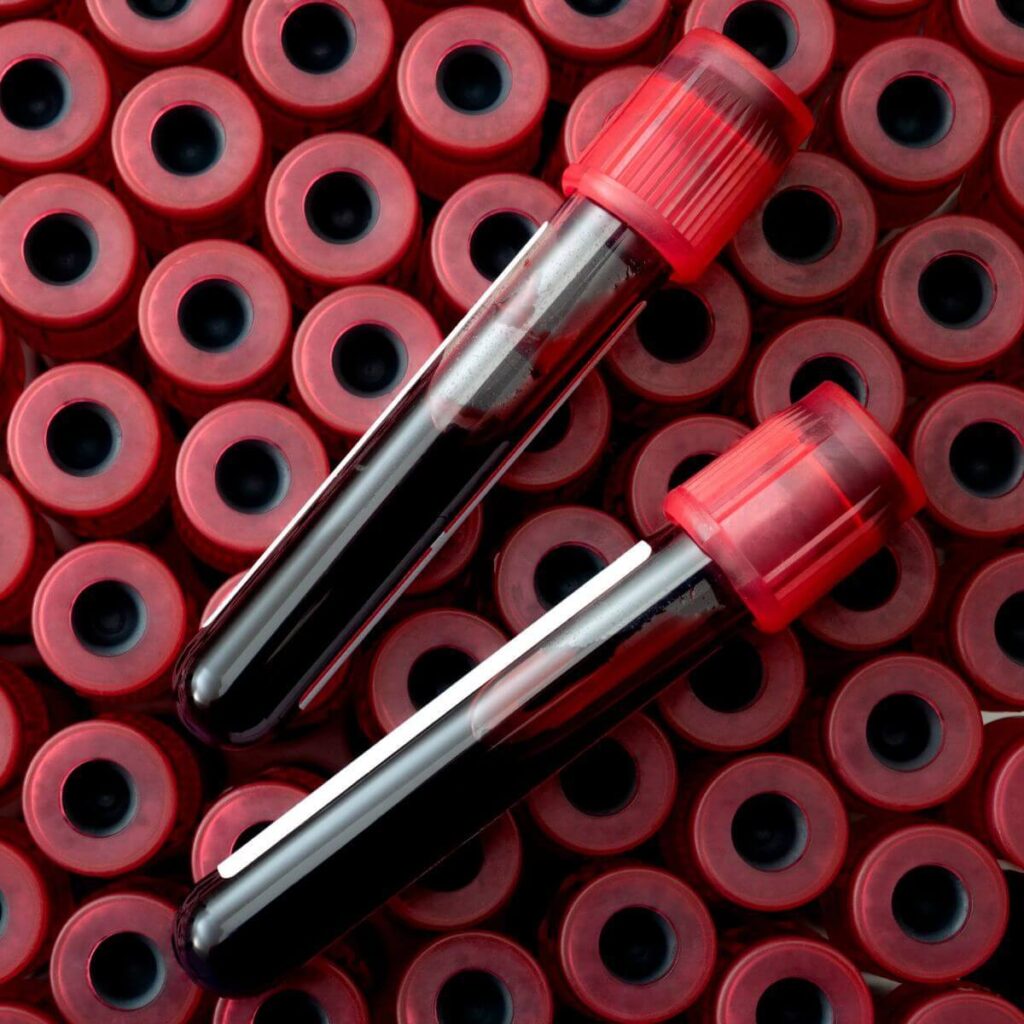Real-world data (RWD) is a crucial yet complicated resource for clinical trial researchers. This case study explores how a Ph.D. candidate, Reinier van Linschoten, partnered with Castor to develop software that seamlessly moves RWD between hospital systems and Castor’s EDC. The result is a free product available to anyone looking for a smarter way to incorporate RWD in their study.
Click here to download this case study as a PDF
Reinier’s story
Physician and Ph.D. student Reinier van Linschoten had access to the resources he needed for a clinical study on the value of a standard care pathway for patients with inflammatory bowel disease (IBD). Eight hospitals with thousands of patient records – valuable data waiting to be used. Unfortunately, there was no way to efficiently move the data between the hospitals’ electronic health record (EHR) systems and Castor’s electronic data capture (EDC) system, which Reinier used for his study.
At this point, Reinier had a decision to make. Either spend years entering data manually or find a way to get Castor’s EDC and the hospitals’ EHR systems to share data automatically. As a computer science enthusiast, Reinier had the coding knowledge to work with software. He chose to dive in and find a way to make the systems communicate.
The solution was a new software package that would connect with Castor’s API to request, receive, and send data between Castor’s EDC, the various software solutions used by the hospitals, and an external registry with electronic patient-reported outcomes (ePROs). Reinier started with the foundational code and then extended the code to include all of his clinical study endpoints. Reinier took a test-driven approach to development, writing tests and testing his scripts until his product was defined and effective.
“Before I started, I thought, ‘just import it; it’s easy.’ But then I had to think about the different structures of the data, different column encodings, different data warehouses, and how you want everything […] to be sure your data is correct.
After Reinier generated tens of thousands of lines of code, leveled up his skill in the Python programming language, and accepted a bit of help from programmers at Castor, his Python Package for Castor EDC was ready. The program moves data from the hospital EHRs and a patient-reported outcomes (PRO) registry into Castor’s EDC, where Reinier can pull reports and analyze the data.
Through his Python Package for Castor EDC, Reinier got the RWD needed to conduct a scientifically-robust clinical study, including records of hospital visits, lab results, and eligibility information. In addition to importing RWD, the program can read, clean, and validate data. The program also facilitates sharing reports and other data with hospital study partners.
Partnering with Castor
Reinier set out to develop the Python Package for Castor’s EDC independently and then enlisted the help of his friend, Christiaan Oudmaijer, to test and move the product from development to production.
As the project expanded, Reinier reached out to the Castor team for their expert help. Castorians Nick Groenen, Andreas Lutro, and Sebastiaan Knijnenburg (a Castor founder) worked with Reinier on code review and architecture design for his ambitious project. They also helped ensure the product met quality guidelines.
One innovative aspect of Reinier’s software package for Castor EDC is its reliance on Python, the programming language preferred by users in the life sciences. Although the choice of programming language ultimately boils down to personal preference, Python is known to be one of the best languages for data science, excelling at machine learning and big data analytics. The Castor experts were very familiar with Python and eager to help. According to Sebastiaan,
“We needed a way to get data in and out of an EDC easily, and we knew it was possible if we could develop a program that worked with Castor’s API. Python is the best choice because it can handle statistics, machine learning, and everything else we needed, especially data processing pipelines for big data.”
Reinier had the foundational skills and vision for his project, and Castor programming experts helped with additional guidance to make the Python Package for Castor EDC fully functional and compliant.
Clinical research for all
Reinier’s IBD Value study aims to improve care for people suffering from IBD. Developing the Python Package for Castor EDC will help him reach this goal. However, the value of Reinier’s program doesn’t end with the IBD study because he made it publicly available. Reinier has a mission to give back to the research community and make research tools available globally—improving health for everyone, everywhere. According to Reinier,
“Making things open-access develops the science not only in wealthy countries but also globally, offering lower-income countries more access to the sciences and getting their input and perspectives. [Open-source programming] is a way to give back and make it easier for other people to use my work.”
Reinier’s vision for universally accessible software complements Castor’s mission to create a future where all data contributes directly to discovering cures to the world’s diseases.
Smarter real-world data capture with Castor EDC
Castor partnered with Reinier to create a robust software communication solution publicly accessible on Github and through package managers for Python (Anaconda.org and pypi.org). Reinier’s Python Package for Castor EDC includes a full-fledged library of code available for all researchers, even those without coding knowledge.
Use Reinier’s Python Package for Castor EDC to move data from external solutions into pre-defined Castor EDC clinical report forms (CRFs) and push data from Castor EDC into other systems.





